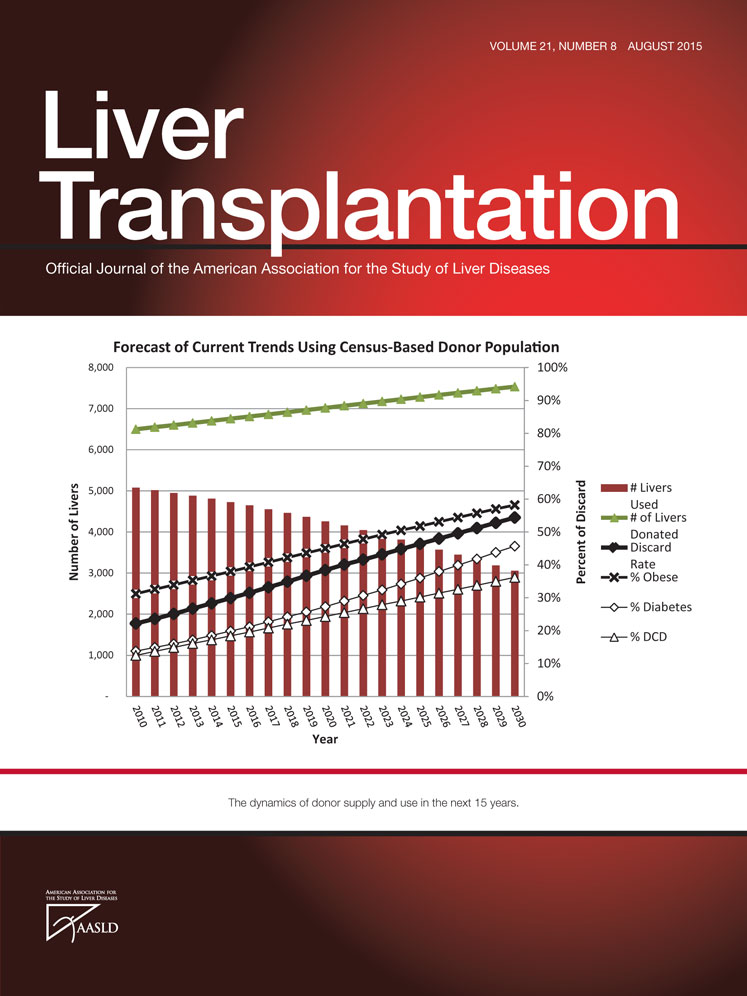Acute and chronic postsurgical pain after living liver donation: Incidence and predictors
TO THE EDITOR:
We are very interested in the work of Holtzman et al.1 The authors of that study addressed the fact that persistent postsurgical pain was reported by 31% of the donors at the 6-month follow-up and by 27% of the donors at the 12-month follow-up. In addition to the evaluation of pain, we would like to address the importance of also taking care of other surgical scar-related complaints. Jain et al.2 reported the incidence of numbness of the abdominal skin between the subcostal incision and the umbilicus in recipients after liver transplantation. Surprisingly, 100% of the recipients included in the study by Jain et al.2 (n = 101) had persistent numbness even up to 9 years after surgery. Hence, abdominal wall numbness should be taken into account for living donors who have undergone a subcostal incision.
Recently, there have been several attempts to reduce surgical scar–related complications by adopting different types of incisions other than a subcostal incision.3-5 Because donor safety is the highest priority in living donor liver transplantation, once the safety of these new procedures has been proven, evaluating surgical scar–related symptoms or complications following the use of different types of incisions should be considered.5
We have conducted a cross-sectional study using a self-assessment questionnaire to survey the actual status of surgical scar–related complications (n = 87).6 Forty-two percent of the donors with a Mercedes-Benz (MB)–type incision with a median follow-up of 86 months (range, 35-168 months) complained of persistent pain; the longest follow-up period of a donor with persistent pain was 168 months. The rate of numbness was 30% in donors with the MB incision and was 29% in donors with subcostal incisions with a median follow-up of 21 months (range, 7-46 months), in contrast to a 10% occurrence of numbness in donors with an upper-midline incision, even though the follow-up period was relatively shorter in that group (median, 10.5 months; range, 13-26 months). Furthermore, a partial loss of cutaneous sensation was also observed in 47% of the MB incision group, 39% of the subcostal incision group, and 22% of the upper-midline incision group.
We fully agree with Holtzman et al.,1 who concluded that understanding and improving pain outcomes has been identified as a key priority by liver transplant clinicians.1 Liver transplant clinicians should meticulously follow up with living liver donors with respect to the surgical scar, paying attention not only to pain but also to several other types of possible complications, such as numbness, tactile abnormalities, and so on.
-
Akihiko Soyama, M.D.
-
Mitsuhisa Takatsuki, M.D.
-
Masaaki Hidaka, M.D.
-
Hajime Imamura, M.D.
-
Tamotsu Kuroki, M.D.
-
Susumu Eguchi, M.D.
-
Department of Surgery
-
Graduate School of Biomedical Sciences
-
Nagasaki University
-
Nagasaki, Japan




